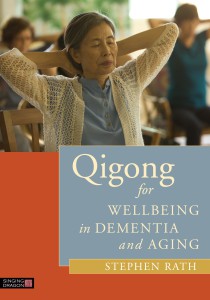The following article is adapted from the book Qigong Through The Seasons by Ronald H. Davis.
Spring pertains to the Wood Phase a heady, invigorating, sometimes disturbing season with wild fluctuations of energy surging throughout nature as birth, arousal and movement. The momentum created by spring qi gives structure and impetus to the world. In humans, qi rises like a slow tide coming up from its winter storage in the lower abdomen and moving into the chest where it stimulates the liver with fresh vitality. As an infusion of energy, the rising qi carries benefits as well as the potential for problems. Continue reading




